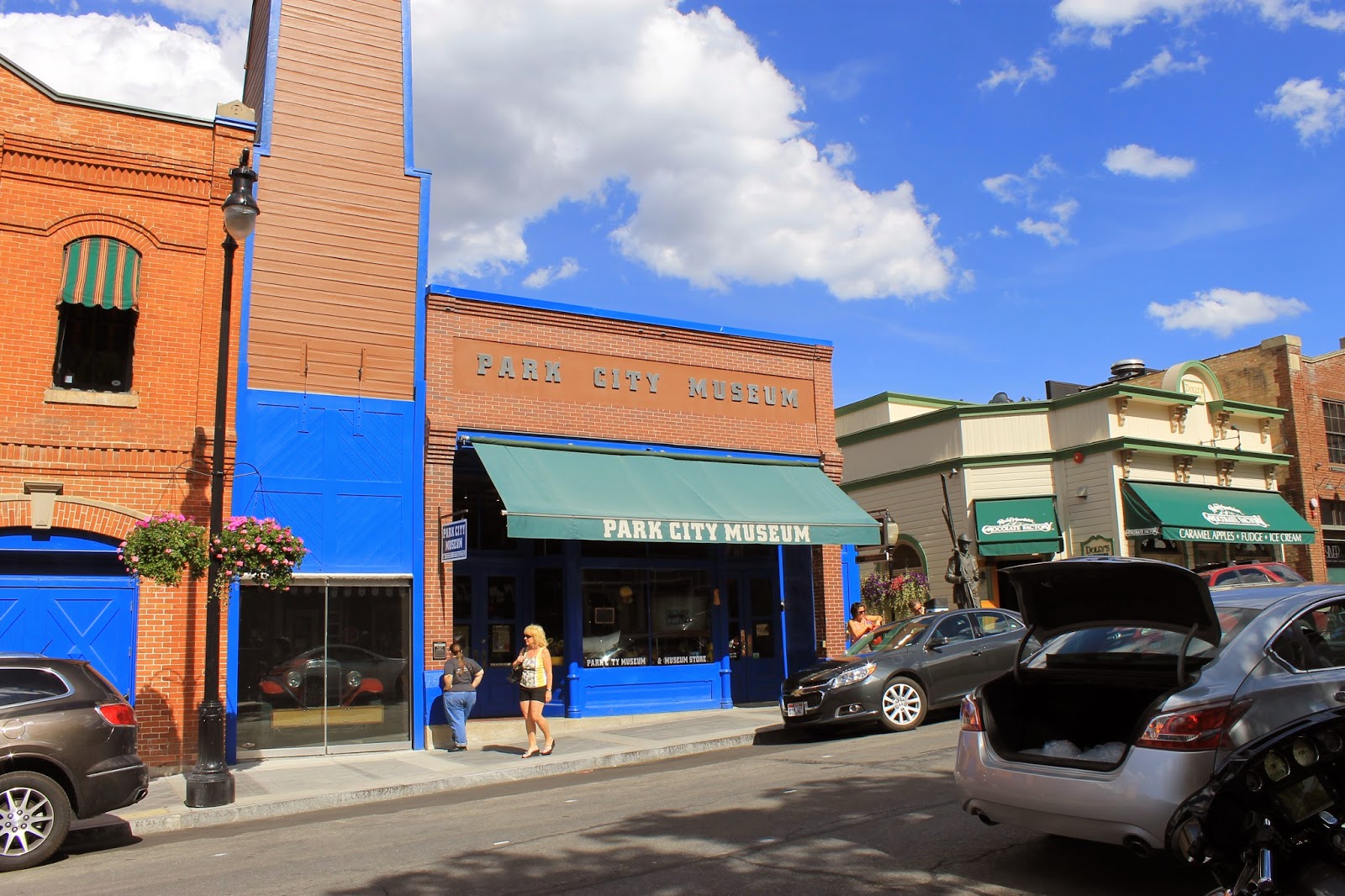Ok. I know Park City is not a ghost town right now. Over seven thousand people live there. However, were it not for skiing and "the greatest snow on earth", this city would have died. Before skiing, before the Sundance Festival, Park City was a silver mining town. (FYI... lots of pictures below)
Similar to the mining towns in Bingham Canyon, silver was found by the U.S. Army in the 1860's. Arguably, Colonel Patrick E. Conner of Fort Douglas, was trying to bring prospectors to the Utah Territory so non-Mormons coming to the prospector towns would outnumber the Mormons. The first claim of the Park City Mining District was made December 1869. The vein of silver became the Ontario Mine, which would be the largest silver producer in the United States by 1928 and become known as the greatest silver mine in the world.
Park City was named by George Snyder in 1872 "for it is a veritable park." Hundreds of prospectors came and set up camp along the hillsides, including many Chinese who had worked on the transcontinental railroad. From 1870 to 1900, Park City had boarding houses, schools, mills, stores, saloons, prostitute "cribs," theatres, and of course, the mining buildings.
If you go to Park City today, there are many buildings on Main Street with plaques sharing part of their history. Many will mention a fire in 1898. The wooden town was almost completely destroyed by fire that June. $1,000,000 damage in 1898 is an incredible fire. The story is told in snippets on Main Street.
After World War I, strikes, the Great Depression, then oddly, the
high demand for metal during World War II resulted in an exodus. By the
1950's Park City had a population of about 200 people. It was a ghost
town.
Then... the Park City Ski Area was opened, the mines gave tours and the town came alive again, thriving on recreation.
 |
| A peek inside the Claimjumper |
 |
| The original City Hall now houses the Park City Museum |
 |
| Details from the fire!! |
 |
| At the top of Main Street before it becomes a dirt road |
AND NOW- for the abandoned ghosts I search for! These can be seen up Guardsman Pass
 |
| You could feel the cold air coming from this abandoned mine. |
 |
| Railroad ties can still be seen on the remnant of this wall |
 |
| Abandoned rails next to the main road. This vanishes under the street |
 |
| The view behind the above Ontario Mill sign |
Sources: David Hampshire, Martha Sontag Bradley and Allen Roberts,
The History of Summit County

































No comments:
Post a Comment